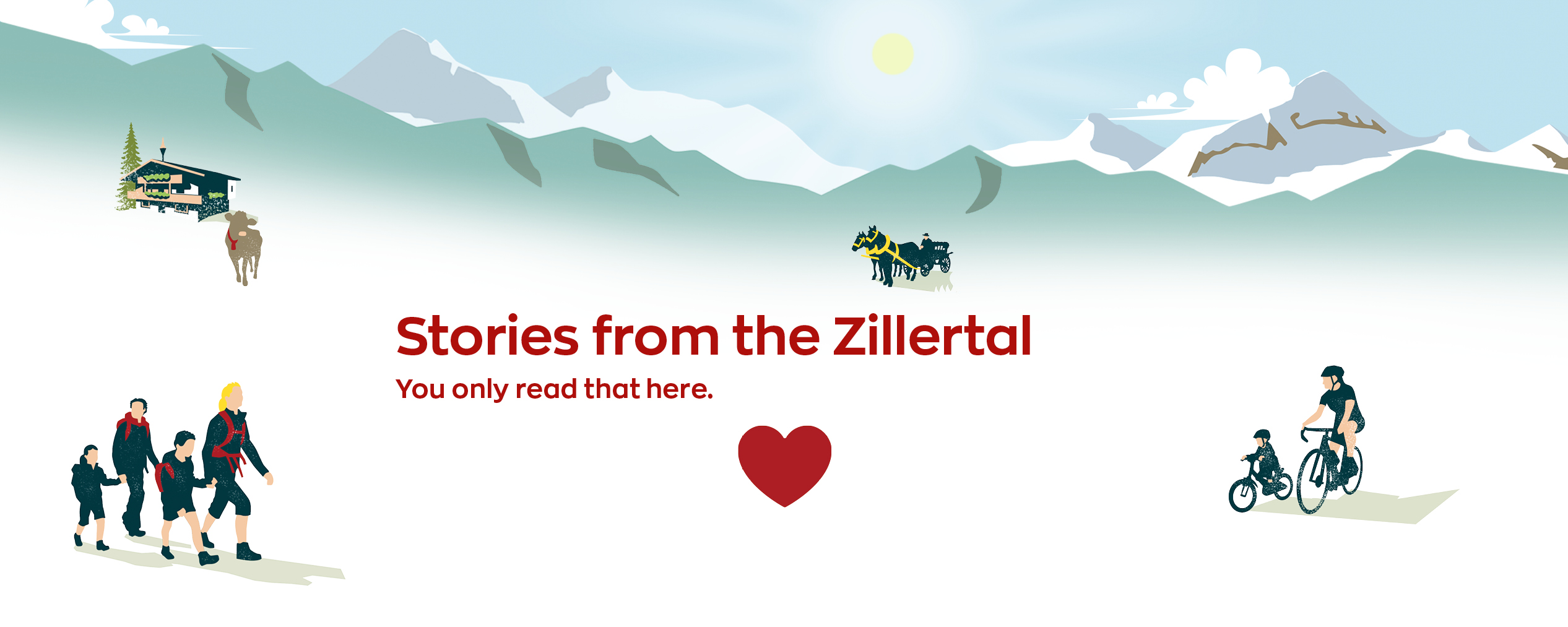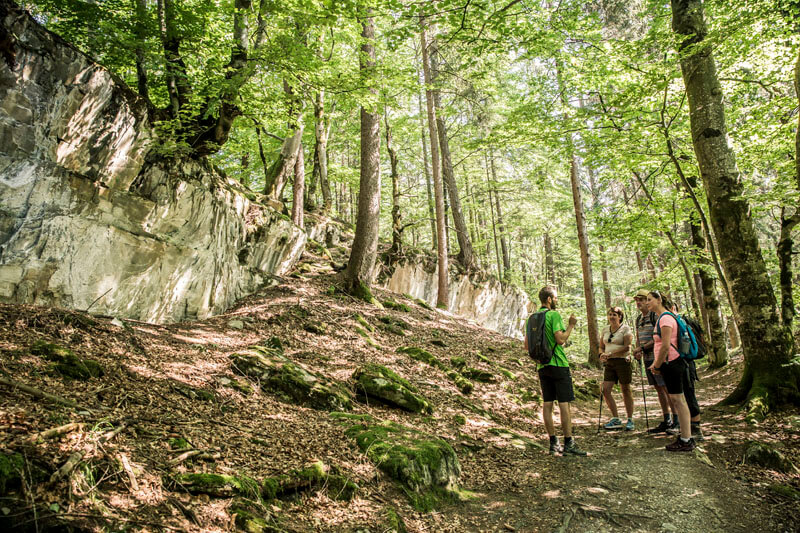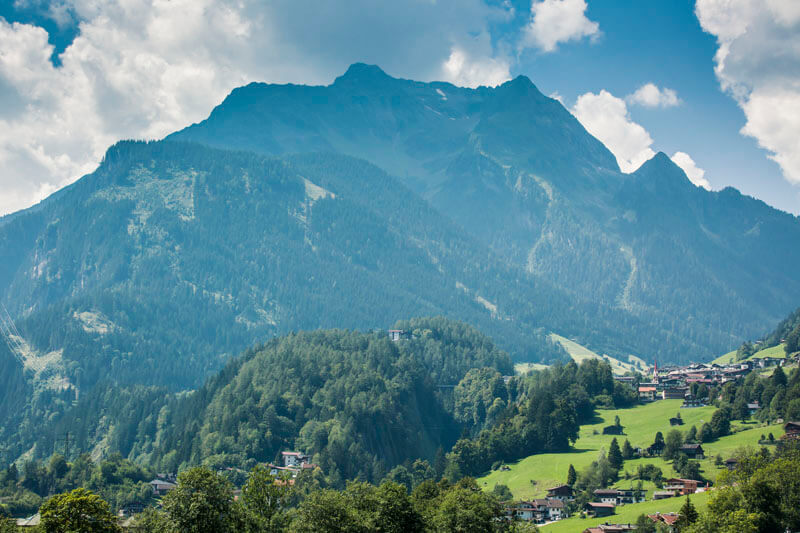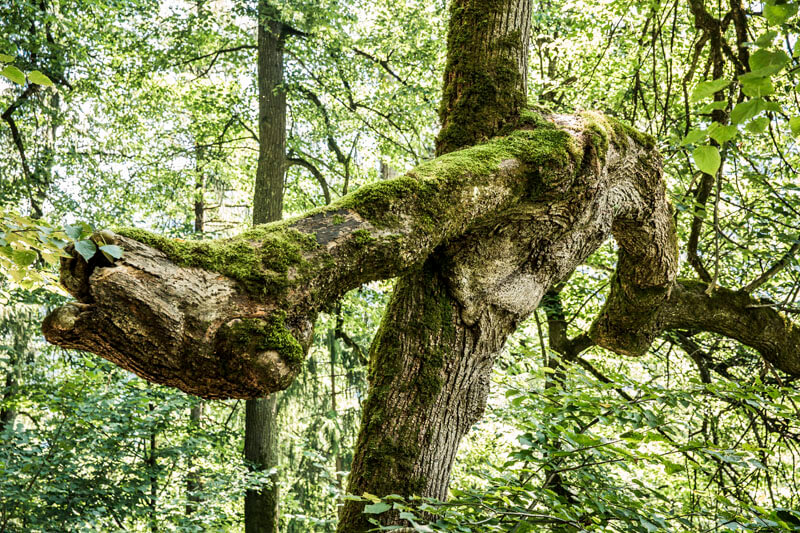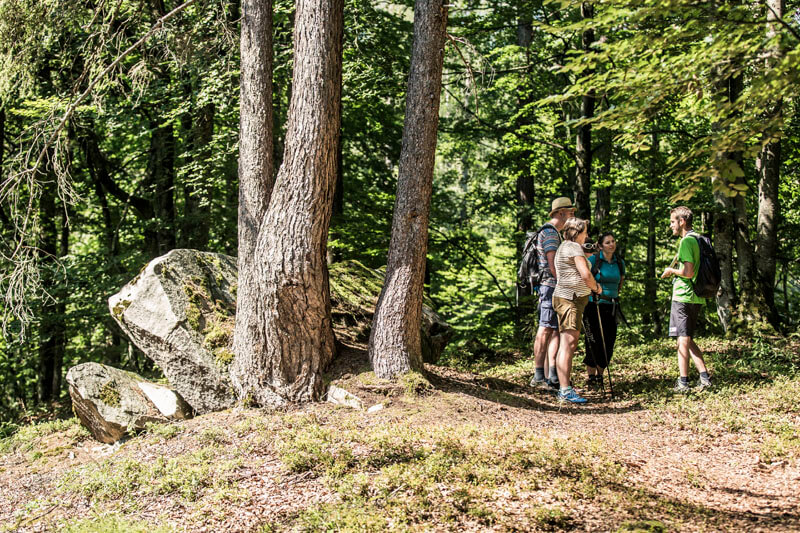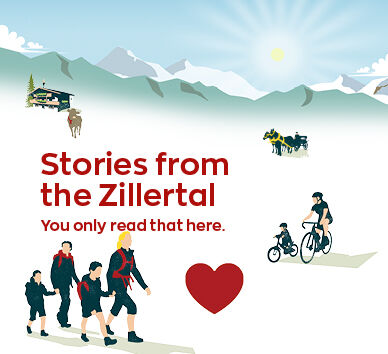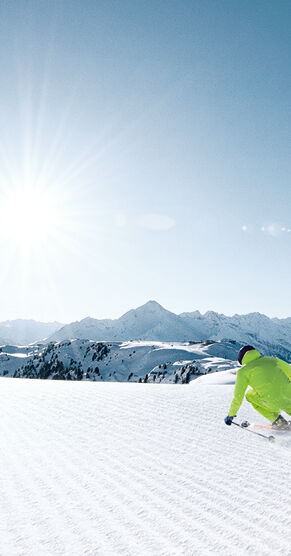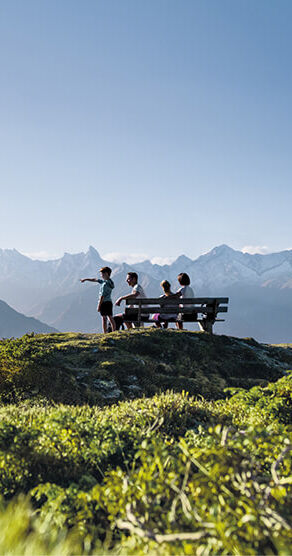
Stories from the Nature Park
Hiking in the Nature Park
The Mystical Forest
Dive into the enchanting world of the “Glocke” on a magnificent summer’s day. The fauna and flora in the High Alps Nature Park Zillertaler Alps take us back to an era long before our time.
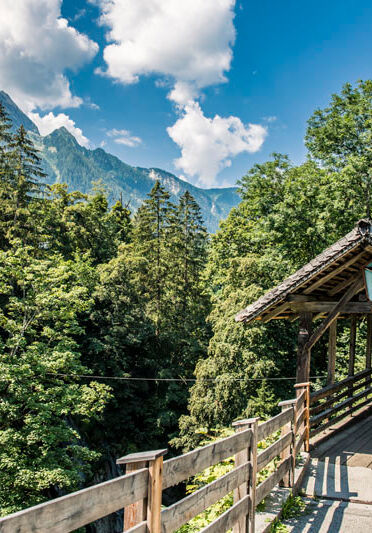
Frederick Manck whom everyone calls “Freddi” describes the “Glocke” as “amazing and extremely varied”. He is one of twelve mountain hiking guides of the High Alps Nature Park Zillertaler Alps. The name of these 33 hectares, a protected part of the Finkenberg region, alludes to its bell-like structure – apparent when looking at it from a distance. When you go to the Glocke, you can discover wonderful things in all seasons: In spring, you can see the buds sprout. In summer, the wildlife comes to life, and “orchids such as the broad-leaved helleborine or other beautiful flowers such as the Turk’s-cap lily reveal themselves. Especially butterflies, wild bees and other insects are delighted with their beauty,” Freddi explains like a true botanist. In autumn, the colour play of the leaves is enchanting, and in winter, the region exudes a unique tranquility.
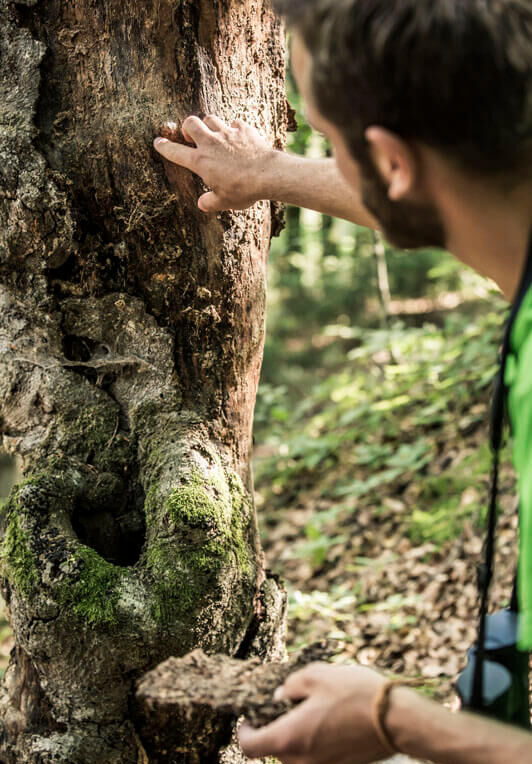
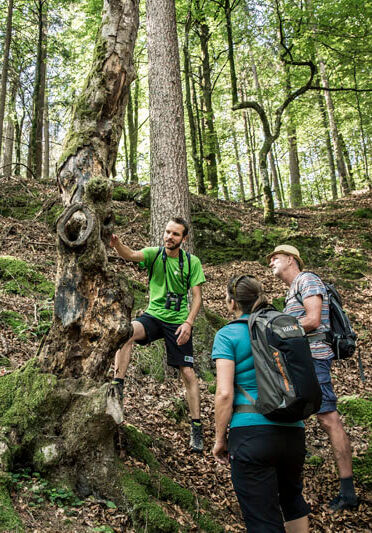
“A hike through the Glocke will restore your mind and your body.” After all, most people only know tiring walks through ordinary streets. But when we move along forest ground, it’s as though we are floating. “And then there is this wonderful fragrance. The smell of fresh air here is just the way we imagine it. When the warming sun shines through the treetops and the light dances in the leaves, we feel as though we are looking through a kaleidoscope.” Wellness in its purest form and a trip into primeval history.
“It is certainly
no Jurassic Park.
Still, history
comes
to life here.”
Freddi Manck
Green lung
Extraordinary geological activities have given rise to this area. The Tuxbach stream has dug its way down over millions of years and left its traces. While gneiss and granite (hard prehistoric rock) dominate the Zillertal, here it is the much softer limestone. The Hochstegen limestone extends from the Olperer to the Brandberger Kolm and further towards Gerlos. “Moreover, landscapes from millions of years ago can be discovered – on a small scale – on the rock formations. It’s not Jurassic Park. Still, history comes to life here.” The forest in the Glocke is one of those canyon forests which, according to Freddi, exist only three times in the entire Alpine region. Beech, ash, summer and winter linden, maple, elm, spruce and fir find perfect conditions in this hydroculture of sorts. This local recreation area is also an environment “in which one can listen to or perhaps even watch the black woodpecker at work.”
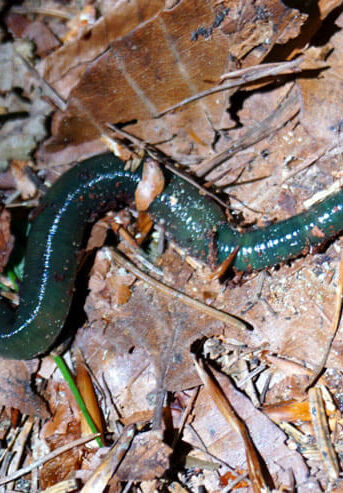
The innumerable ground-animals are just as industrious. Bugs and beetles prepare the ground, they feel comfortable in this green lung. The emerald green earthworm is impressed by the extraordinary living conditions as well. “This quick-change artist changes his colour several times in the course of his life. Pink as a baby, purple at the age of one year. Later yellow, red or green. When reaching sexual maturity (with two to three years), he displays a magnificent emerald green. He has a special liking for beech trees, and there are plenty of them here. Anyone who would like to experience the “star” worm with the Latin name ‘Allolobophora smaragdina’ live, should come look in spring,” Freddi enthusiastically notes.
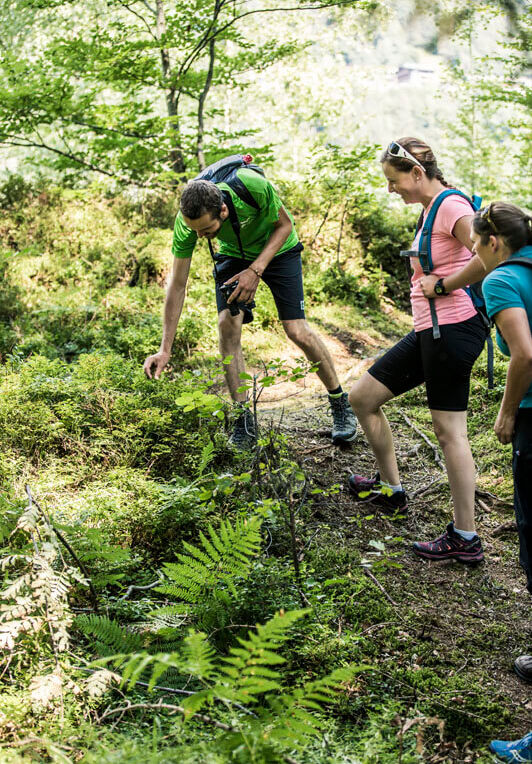
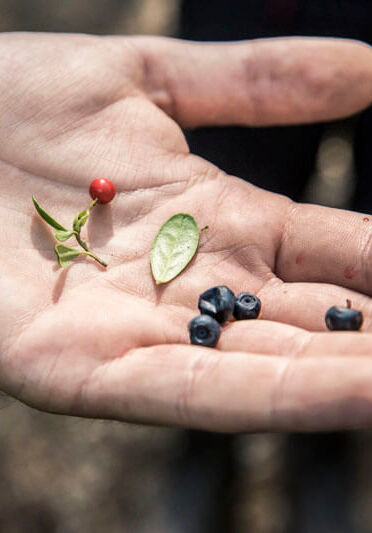
Knowing that the Glocke once looked completely different makes this gem in Finkenberg the fascinating place it is. “A lot of unusually shaped beech trees, which did not always have an easy time in their ‘childhood’, still bear witness to this today. People intensively used this area for their own survival for many years.” Among other things, they used the wood to build the Teufelsbrücke in 1876. This testimony to the architecture of earlier years bridges the gorge over the Tuxbach and connects the districts of Persal and Dornau. Legend has it that the farmers had to make a pact with the devil to build the bridge: The devil claimed the first living being that tried to cross the bridge. But he angrily returned to the depths of the gorge when that being turned out to be an old billy goat. Our joy is all the greater. About a jewel named Glocke.
Image: Bernhard Huber and text: Florian Warum
Zillertal magazine Summer 2021
Even more stories from the Zillertal
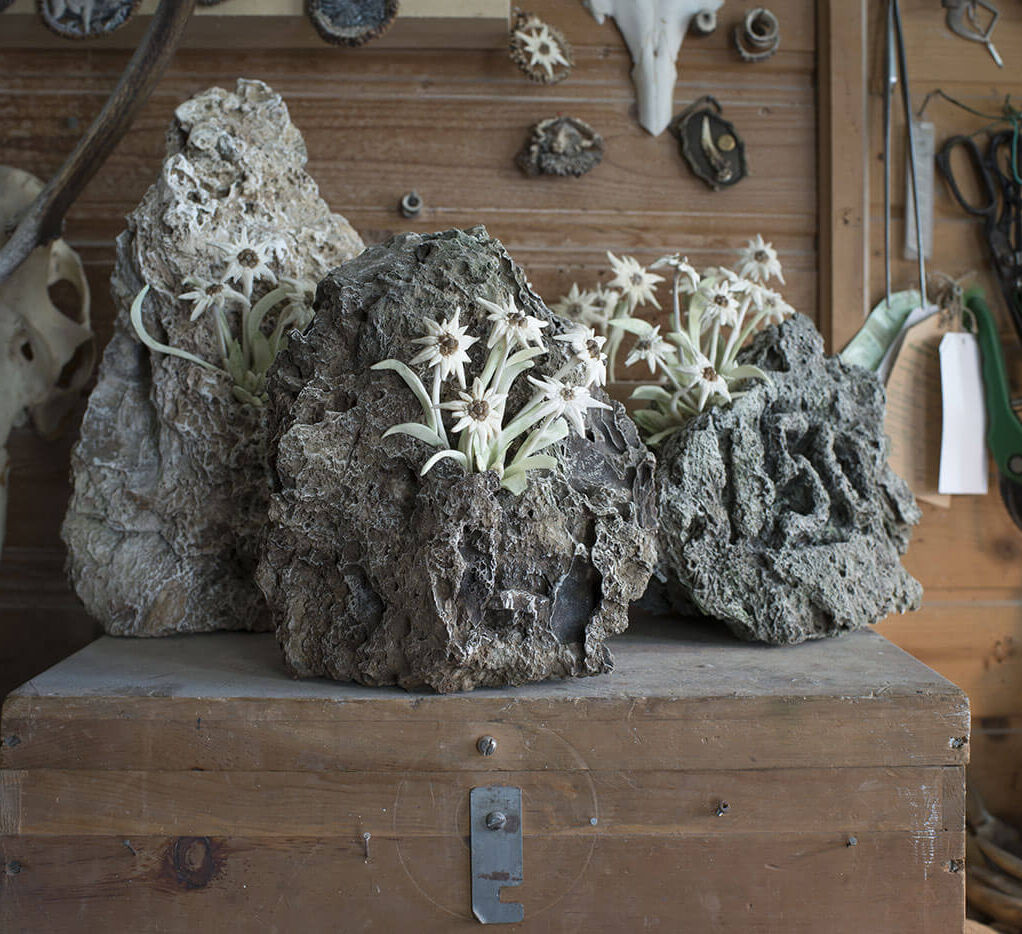
Carvings for all eternity
Thomas Rauch has a unique talent for an ancient craft: he turns deer antlers into beautiful little pieces of art. Here, he talks us through his method.
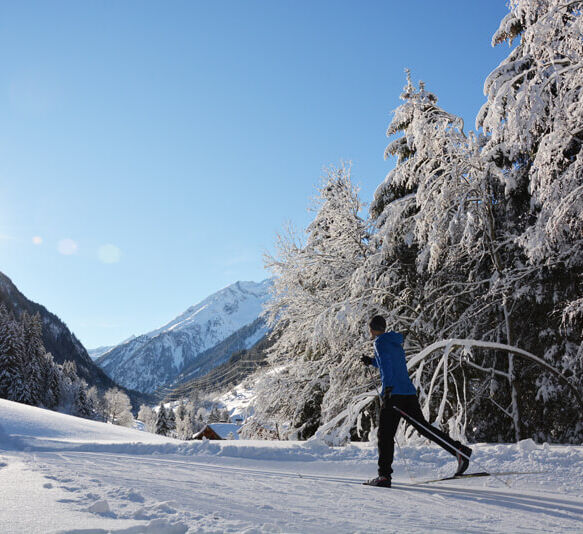
Winter magic Ginzling
The mountain village, where cross-country skiing, hiking and tobogganing turn into a fabulous outdoor experience.
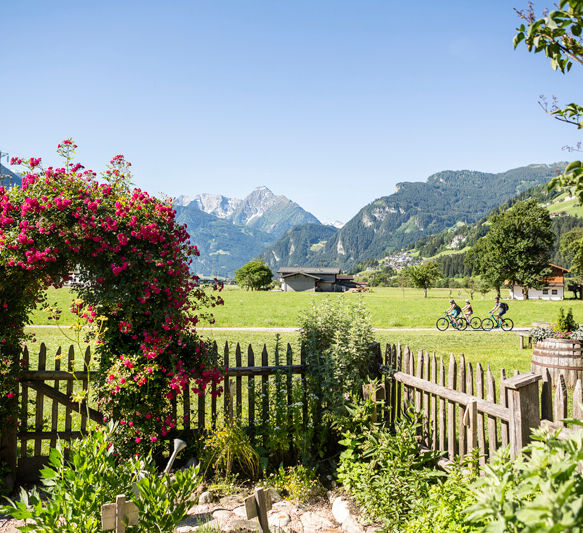
Servus bicycles
Between fragrant meadows, always alongside the river, the Zillertal cycle route leads to play, fun, and enjoyment.
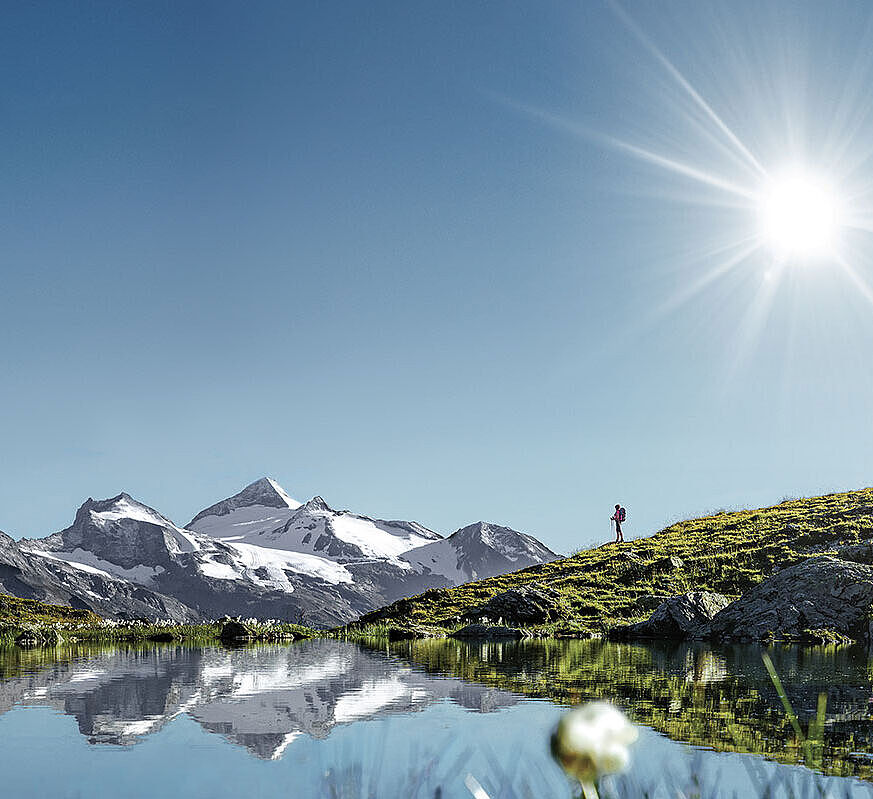
Zillertal
Welcome to Zillertal! Where sun, snow and well-being become the meaning of life and where great freedom tempts you to let go.
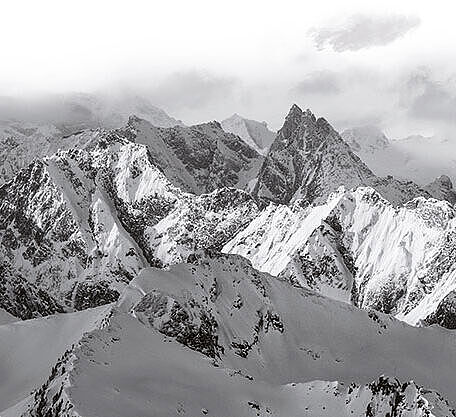
Zillertal Newsletter
Our newsletter provides you with great information about the Zillertal. Get the best seasonal tips, information from the ski resorts and about the summer mountain railways and much more.
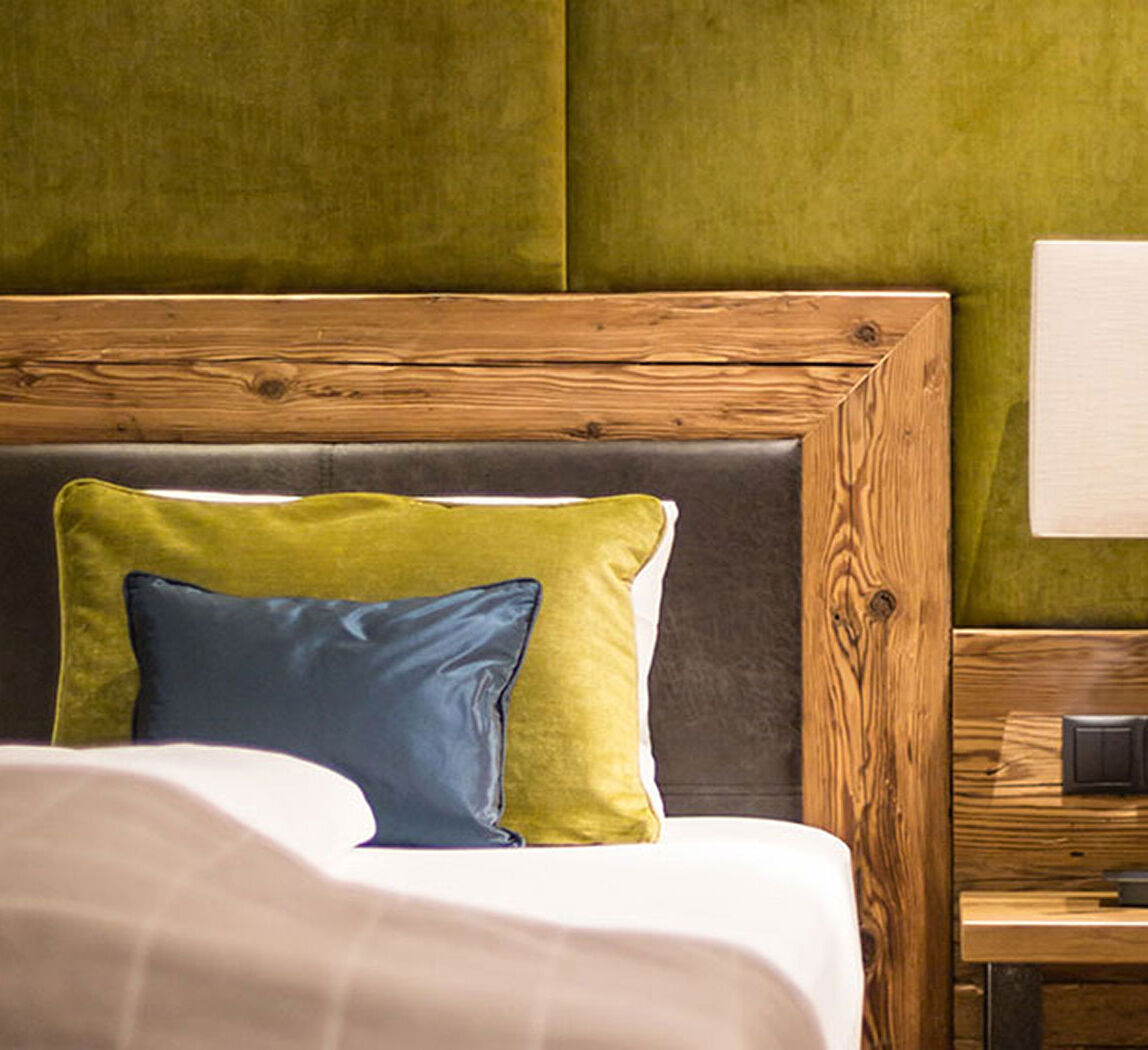
Hosts in Zillertal
Find the right accommodation for your perfect winter holiday in Zillertal – from cosy private rooms to luxury five-star hotels.
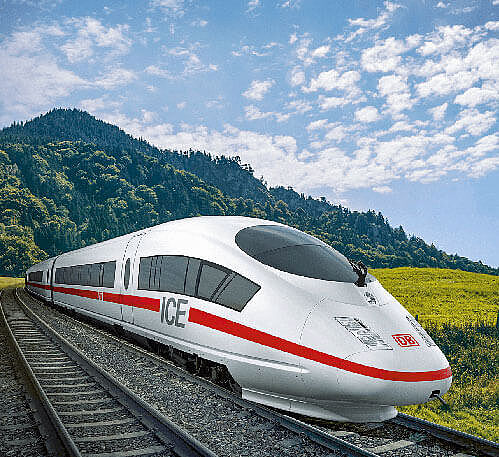
Getting to Zillertal
Zillertal is located in the west of Austria and is the widest of the side valleys on the south side of the Inntal Valley. Get to Zillertal safely and comfortably.
